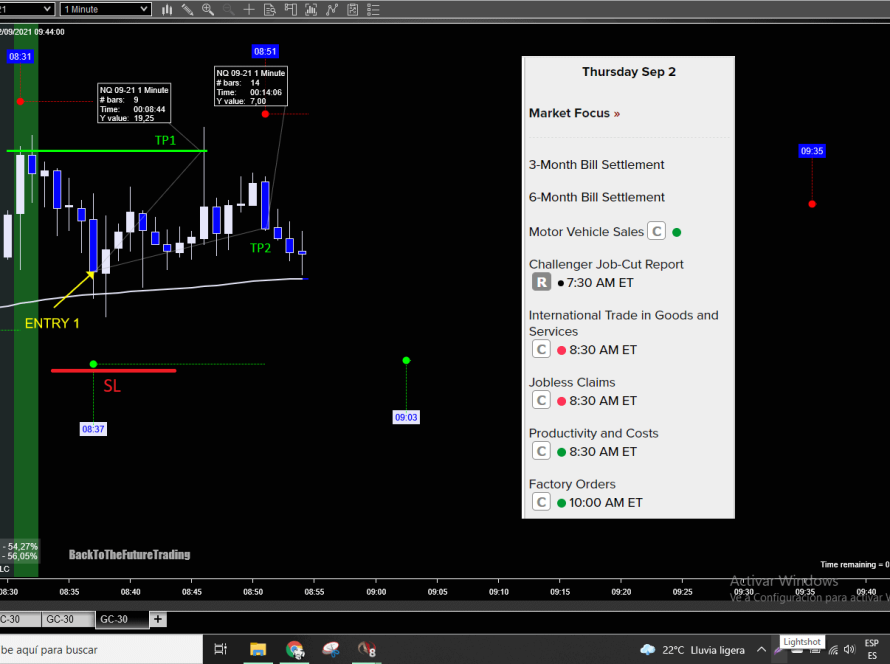I liken predictive time cycle indicators to the example of a mailman, or a postman, near my house.
Time cycle indicators as they exist in the world today - in the lagging sense of the words, would have you measure for cycles in the following way.
They would have you listen for the mail truck with a half way decent microphone. It would compare the background noise of your neighborhood to approaching vehicle's engine noises. It would compare the sound coming through the microphone to the known sound of your postman's engine. As it got closer, it could make clearer determinations about the source of the noise. Ideally, the best measurement could be made when the truck was closest to you - or right at your house or property. This is a very rudimentary way to compare modern time cycle indicators and how they use lagging averages and look backs to determine if there is a cycle present, or not. In the end though, you must wait for the comparisons and averages to get really close to the actual event. Only after the mail is delivered, or after the move has occurred on your charts can you say, "yes, the time cycle indicators worked, or didn't work".
We approach time cycle indicators from a completely different perspective. We look at the postman from a purely statistical standpoint. A time cycle indicator should approach the problem from the same angle, and you'll see the results of the difference in the diagram below.
What if we sat inside our homes, with a highly accurate and dependable clock. What if we waited until the postman had come to a full stop at the front of our house, and logged the exact time that the mailbox was opened, and our letters deposited? After a few weeks, we might have a data set that looked like the following:
T1: 11:02
T2: 11:08
T3: 11:01
T4: 11:06
T5: 10:58
T6: 10:55
T7: 11:02
T8: 11:08
T9: 11:05
T10: 11:07
We could do any one of a number of things with this data - especially in the light of our time cycle indicators question. It's not hard to see, that there is a clear behavioral pattern - or cycle - taking place here. It would be foolish, for someone to go outside and wait for their mail at 8:00, for example. Or, when an important letter was needed, to wait until 2pm to go outside and check the mail. There is clearly an optimal time to base our activity on, in the context of the statistical data of our "postman" time cycle indicator.
A hand drawn chart might resemble something like this:
You can begin to see the statistical significance of the cluster. There is a window we SHOULD be watching for the event to occur, based on observable real world events, or behaviors.
If we do the same thing with trading data - in particular applying these techniques to market based time cycle indicators we see charts that begin to emerge like this one:

Low and behold, we see cycles that emerge statistically in the data. "Mail deliveries" where the market is buying, and selling, with repeated regularity in the market that we are watching. In this case, we're not measuring real time and guessing if something could be a cycle or not. It would be akin to our example above, and "listening" for engine noises that sounded like the Jeep we were waiting for that had the mail in in every day. Maybe the noise wasn't a Jeep. Maybe it was a Ford, or a Gremlin, for that matter with a modified exhaust. Listening for these time cycle indicators with lagging indicators like MACD produces false results that completely ignore the premise of the experiment. There are TIME BASED CYCLES that exist in the market. If that's the case, than we should see repetition of behaviors at those times, across a statistically significant period of events, or a large enough data set to be convinced. Moreover, if we use this strategy with a forward looking or predictive set of time cycle indicators, than we should see the result we're expecting occurring at those times, a statistically significant number of times (ie more than half).
If we apply that hurdle to our forward looking time cycle indicators, and place markers at those times we are expecting the market to trend up, or down, here is what we start to see:

In this example, much like our "red dot" chart, we see what happens to the trend around the times that we are waiting for trend reversals. Not based on an internal market shift, but based on times that were known before the market opened. Overall, across a wide range of markets and time frames we find this phenomenon occurring using Flux time cycle indicators that establish behavior patterns before the market opens, and sees those trend and momentum moves play out 60-70 percent of the time after the fact.
There are choices when looking to use time cycle indicators in your trading setups. You can use traditional lagging methods that more or less guess at what is happening, or tell you what "just happened", or, we can use the power of our computer's processors to examine thousands of events in an statistical analysis that reveals events that recur with enough frequency so as to alert us to higher probability trading setups and directions.




